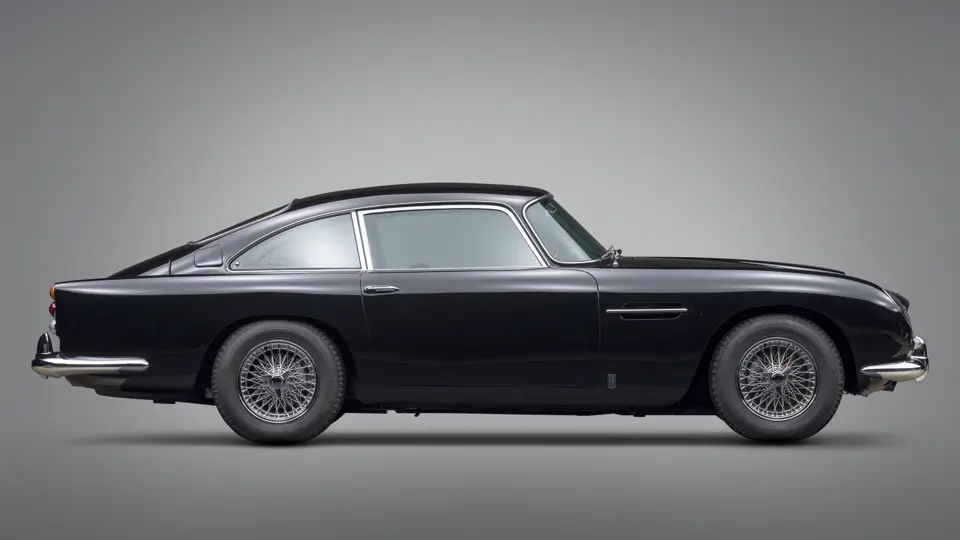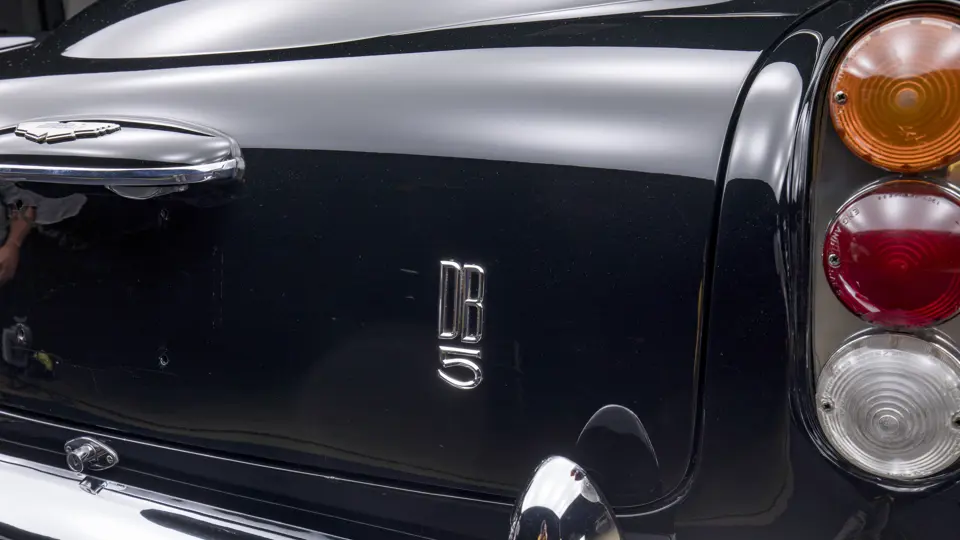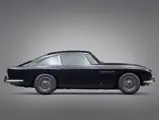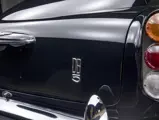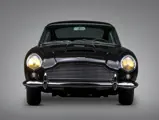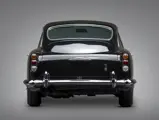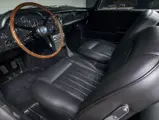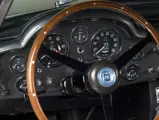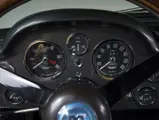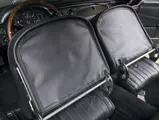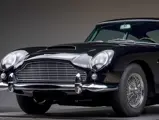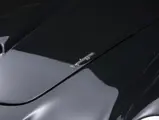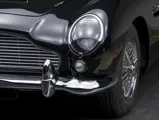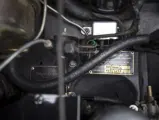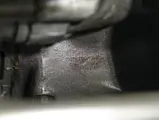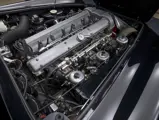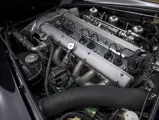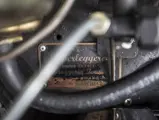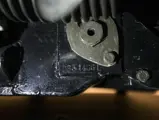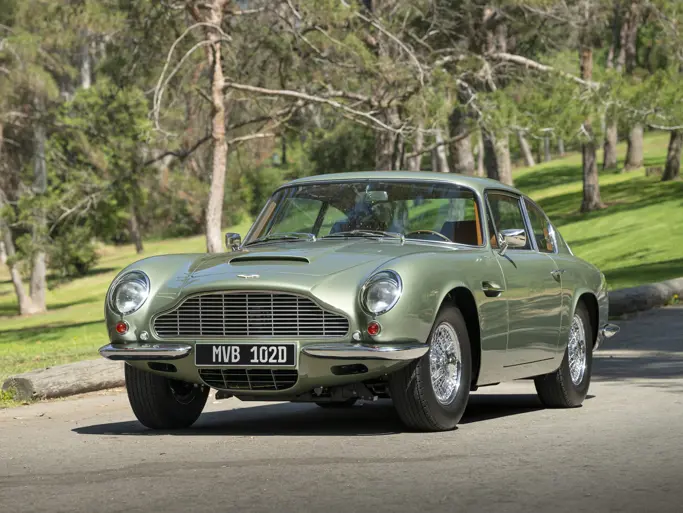
1964 Aston Martin DB5
{{lr.item.text}}
$912,500 USD | Sold
The Paul Andrews Estate Collection
{{bidding.lot.reserveStatusFormatted}}
- The most iconic Aston Martin of the company’s golden era
- Finished in its rare and beautiful original livery
- Equipped with the numbers-matching engine and gearbox
- Nicely sorted; a wonderful DB5 to drive and enjoy
There is, quite simply, no more iconic Aston Martin than the DB5. It was, of course, the first of the company’s automobiles to be driven on-screen by James Bond, in the unforgettable 1964 release Goldfinger. Yet this automobile was no mere film prop. Enthusiasts who eagerly ran to slip behind the wheel soon discovered that, on a twisting alpine road, Aston Martin’s latest and greatest creation could handily outrun adversaries much more potent than a young sniper’s 1964½ Mustang.
While based on essentially the same 98-inch-wheelbase steel platform chassis, the DB5 boasted nearly 170 updates and modifications over the outgoing DB4, most noticeably the handsome competition-style covered, faired-in headlights used on most DB4GTs. Mechanical updates to the undercarriage included suspension that was significantly redeveloped, with the front now adjusted for camber, and Armstrong Selectaride dampers added in the rear. Girling disc brakes were fitted at all four corners with dual hydraulic servos.
Most notable was the new 4.0-liter engine, an inline-six of all-aluminum construction with dual overhead camshafts, fed by triple carburetors as on the previous DB4 Vantage. It was capable of 282 horsepower, providing swift acceleration to 60 mph from a standstill in 8.1 seconds, and, if the driver continued to accelerate, a top speed of 141 mph. The larger engine also provided some 40 pound-feet of torque over the DB4’s 3.7-liter unit, making the car slightly more responsive at lower rpms. When combined with a fully synchromesh ZF five-speed manual transmission with overdrive, it resulted in a true driver’s automobile that was swift, surefooted, and comfortable—a gentleman’s express par excellence.
It was, many wealthy enthusiasts agreed, well worth its price, which was roughly double that of a Jaguar E-Type. Yet production of the costly DB5 was nonetheless limited, with 1,059 units built between 1963 and 1965. Such is the model’s fame and renown, spun by decades of re-showings of a certain spy film, that it is easy to forget just how scarce it was and is. That rarity has made the DB5 even more sought-after by today’s enthusiasts.
No wonder, then, that Paul Andrews—a man who loved Aston Martins and owned some of the all-time most significant examples—required a DB5; and it is typical of his keen eye that he acquired an excellent one, and maintained it to the same standard.
The Andrews DB5, chassis number DB5/1466/L, was built with left-hand-drive and delivered to the famed Parisian dealers Garage Mirabeau, also the source of their DB4GT Zagato, only six days after its completion. It was finished then as it sits today, in Black over matching Connolly leather upholstery, with the ZF manual transmission, 3.77:1 Power-Lock limited-slip rear differential, Britax seatbelts, and chrome wheels, all as noted in the copy of the build sheet included within the file. While the original, presumably French buyer was not recorded, the car eventually made its way to the United States.
In 1990 the DB5 was sold by Art Nisson of British Motor Service in Orange, California, to Bob Pond, the noted Palm Springs-based enthusiast and collector of both warbirds and fine automobiles. Mr. Pond maintained the Aston in his collection until his passing. The collection was subsequently sold en masse to another enthusiast. In 2014, the car underwent considerable servicing, including replacement of the rear suspension radius arms and water pump; rebuilding of the three carburetors; a tune-up and fitment of new plugs, wires, and filters to the engine; and rebuilding of the clutch and brake master cylinders. Soon thereafter, it was sold to a longtime admirer of the marque in Connecticut, who, happily, shortly had the car—long liveried in Dubonnet Maroon—returned to its original, much more menacing and subtle color scheme.
In October 2017, the DB5 joined the Andrews Collection, and has since enjoyed superb maintenance with the goal of being a turn-key automobile that could be easily driven and enjoyed at any time. Invoices on file from 2018 reflect the fitment of new Michelin tires and a rebuild of the brakes. Inspection today shows that the car remains in excellent overall condition, retaining its original engine and gearbox as well as the original chassis stamping and Touring Superleggera body tag.
This DB5 has the same appeal to enthusiasts today as it did to Paul Andrews: an excellent car, in one of the best yet most seldom-seen color schemes, that has been prepared to enjoy. It is a wonderful specimen of a model that, given its myriad charms in performance, engineering, and style, never would have really needed James Bond to become iconic...but it did not hurt.





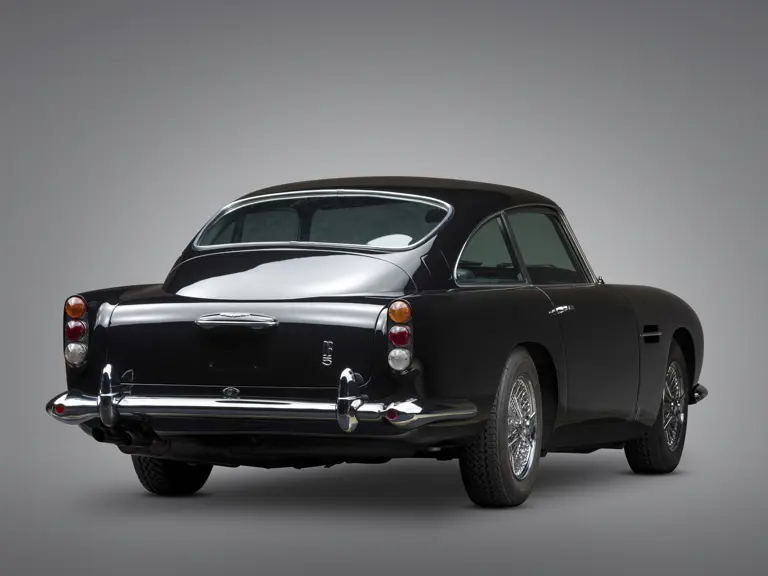
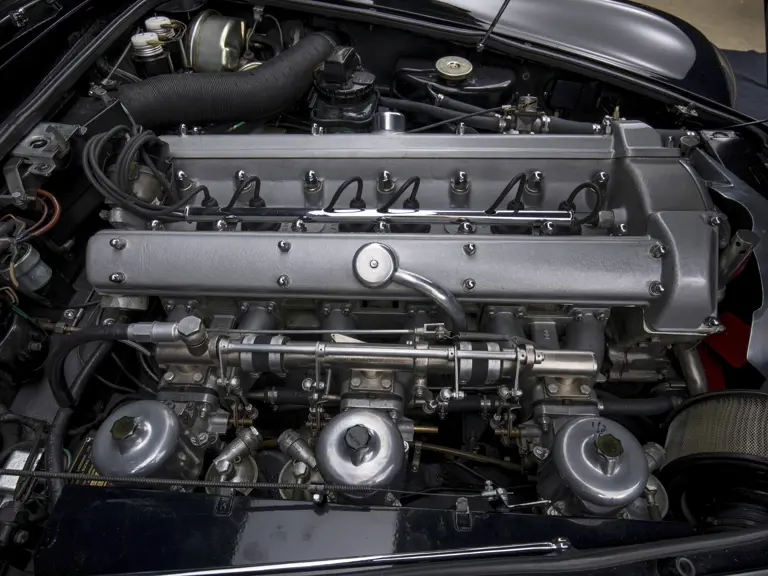
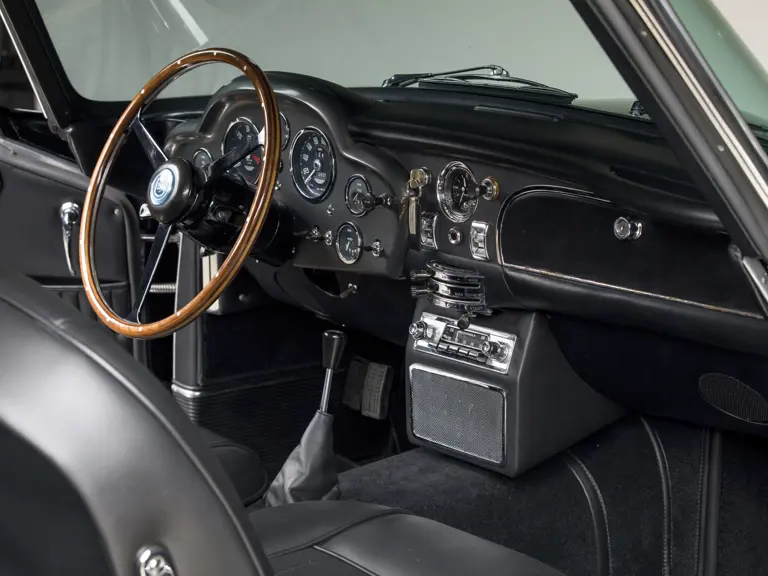
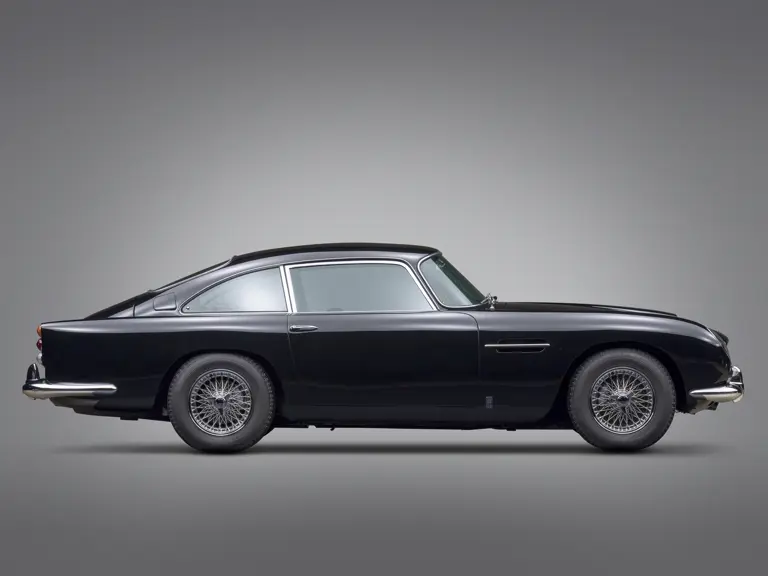
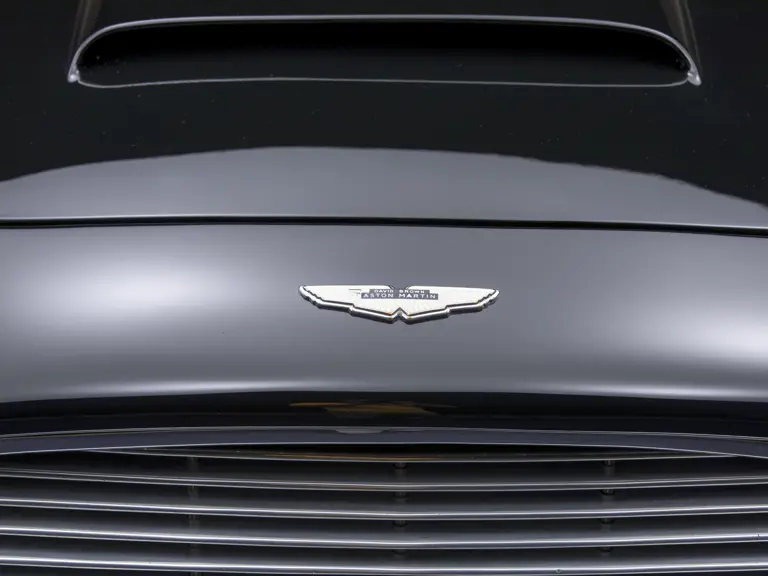
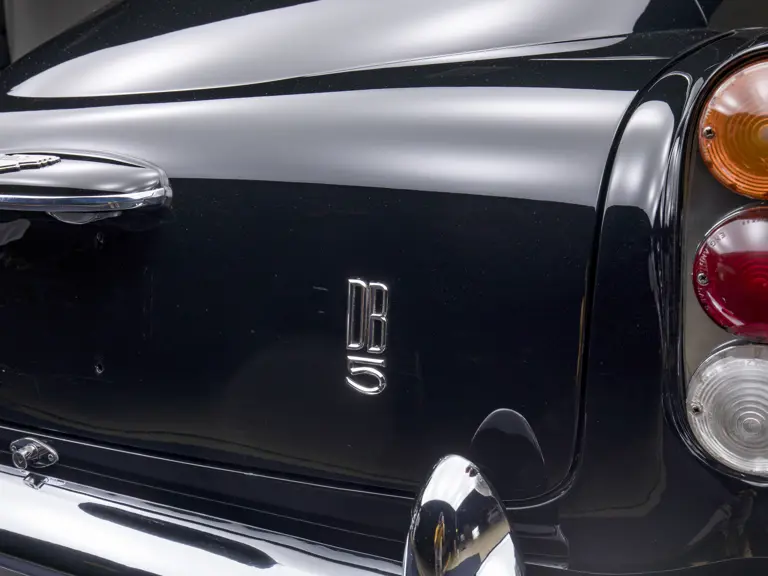
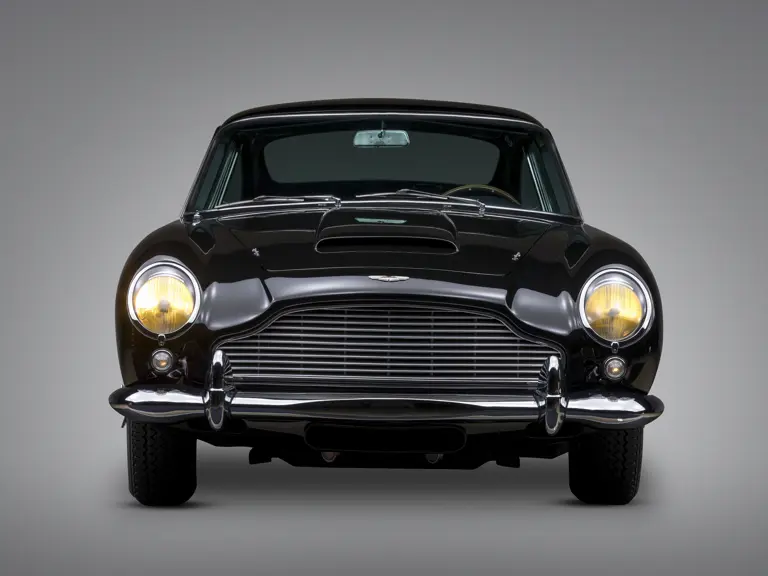
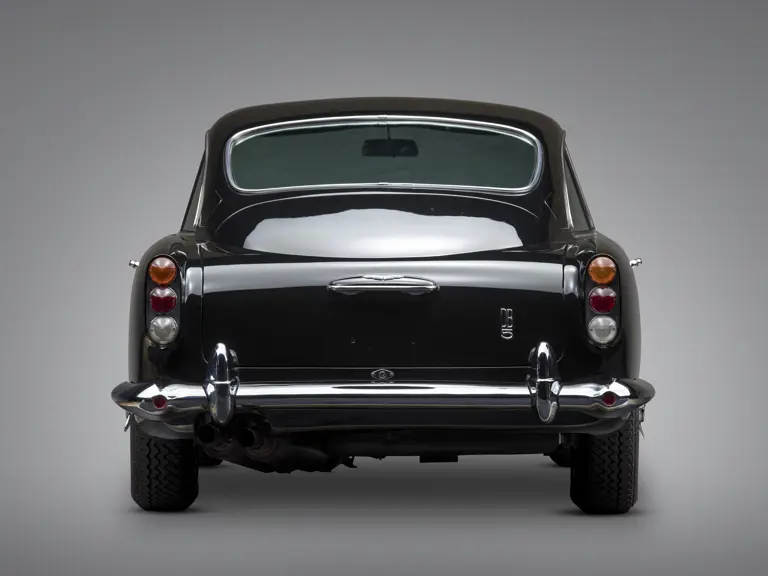
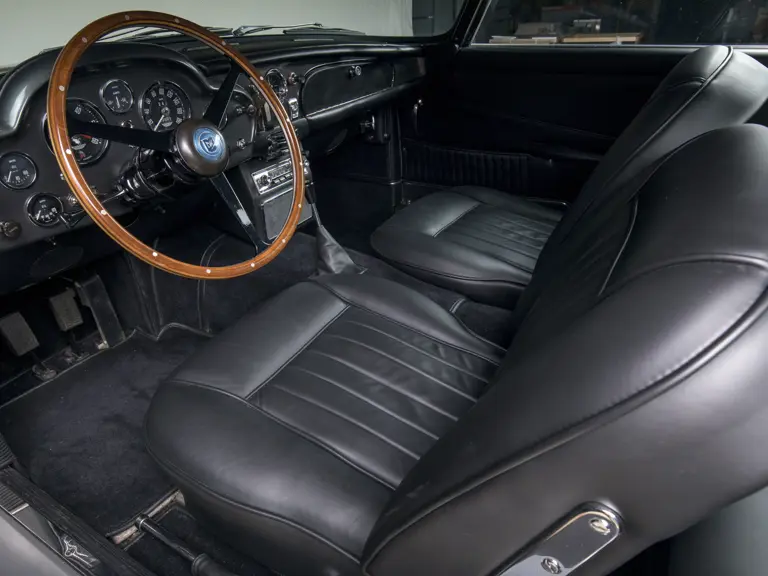
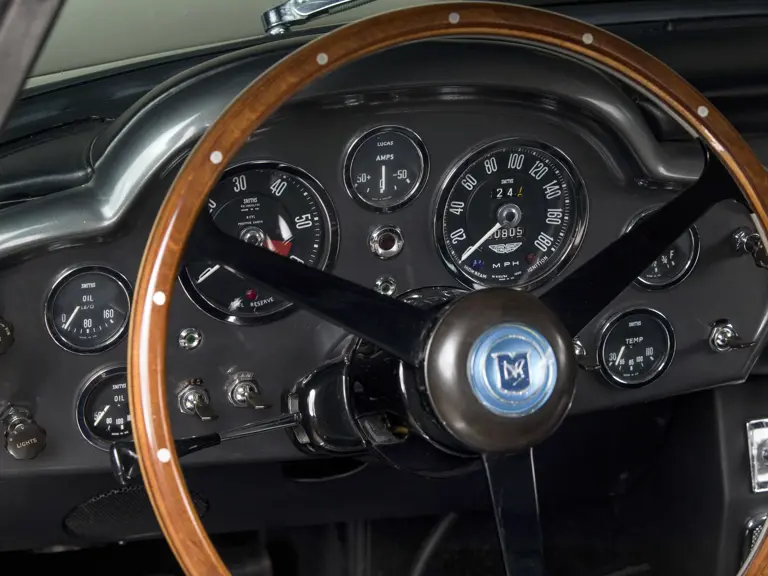


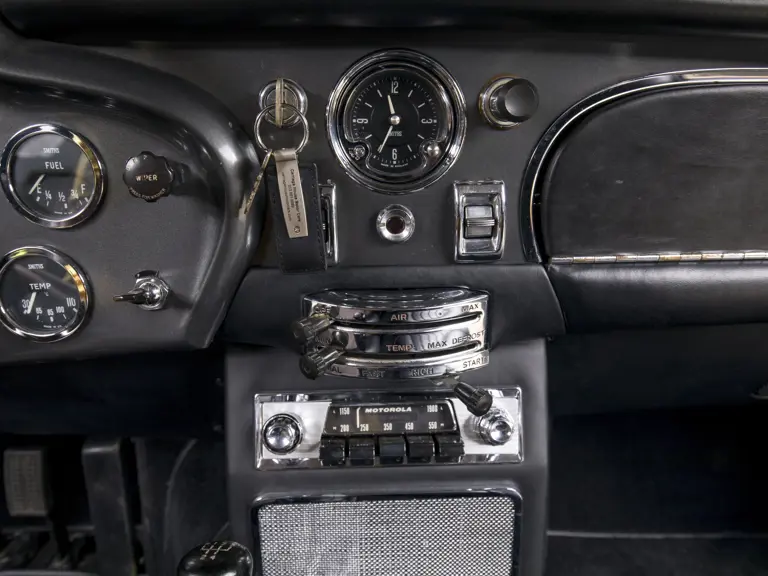
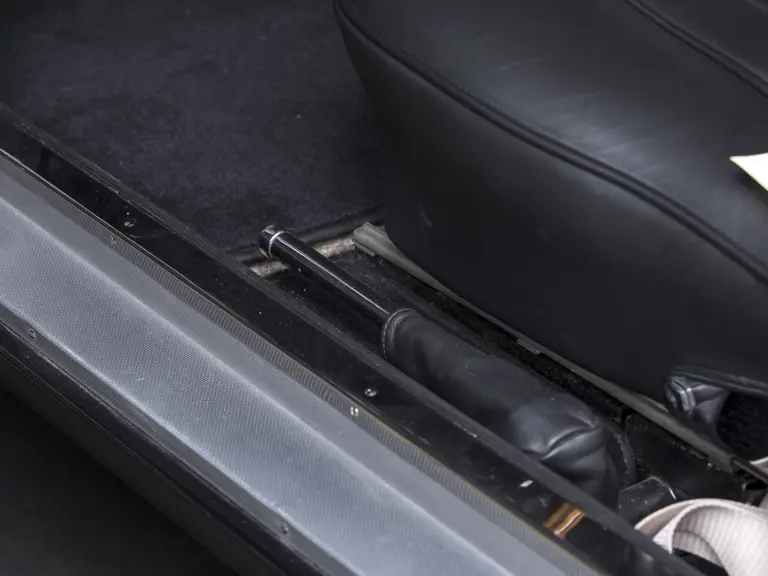
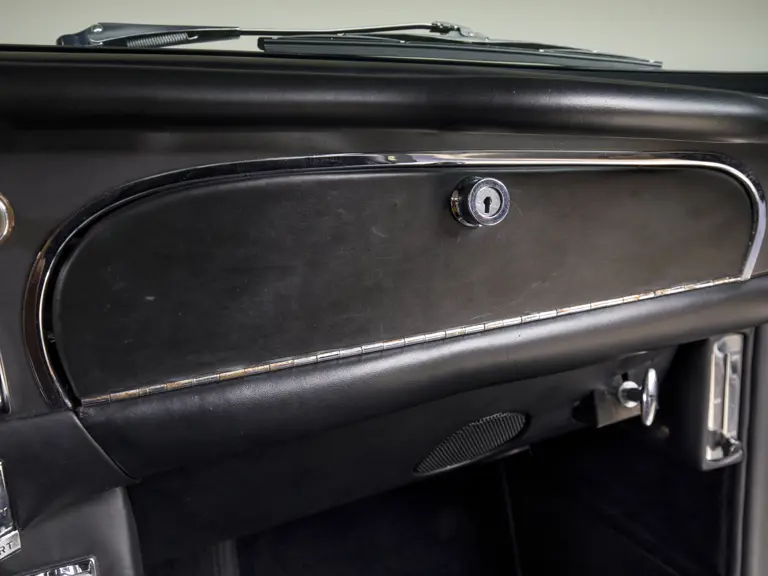

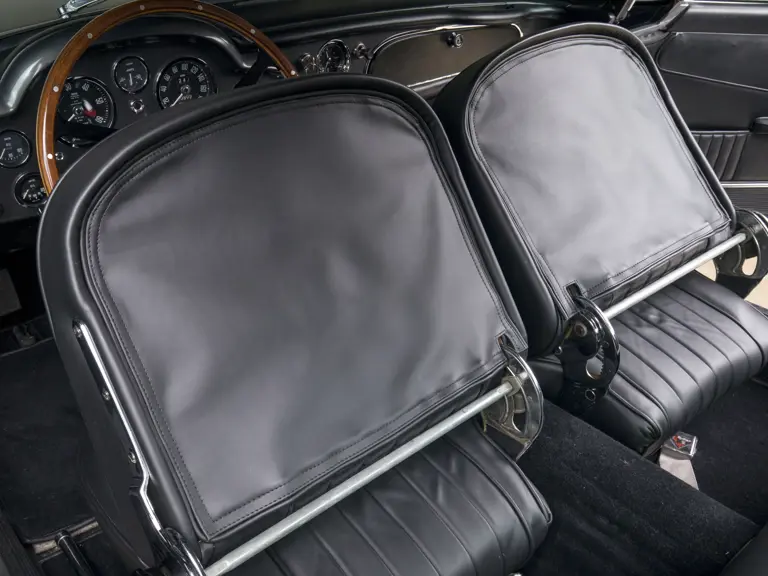

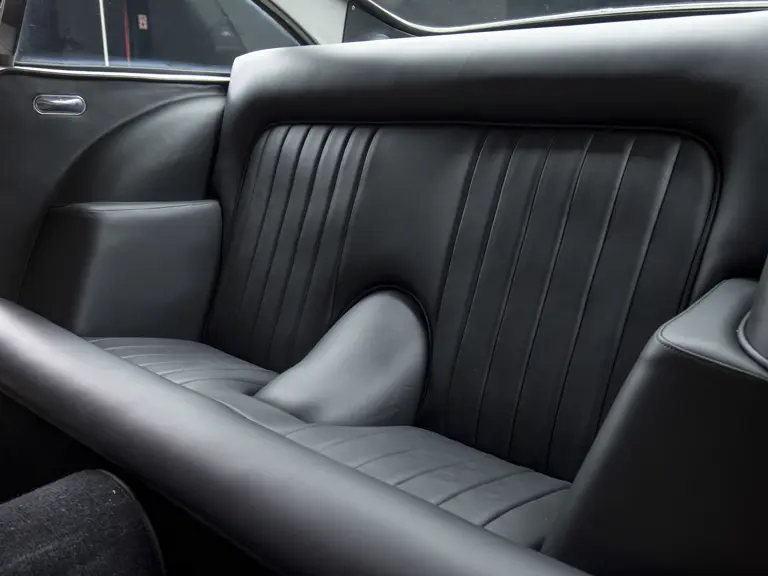
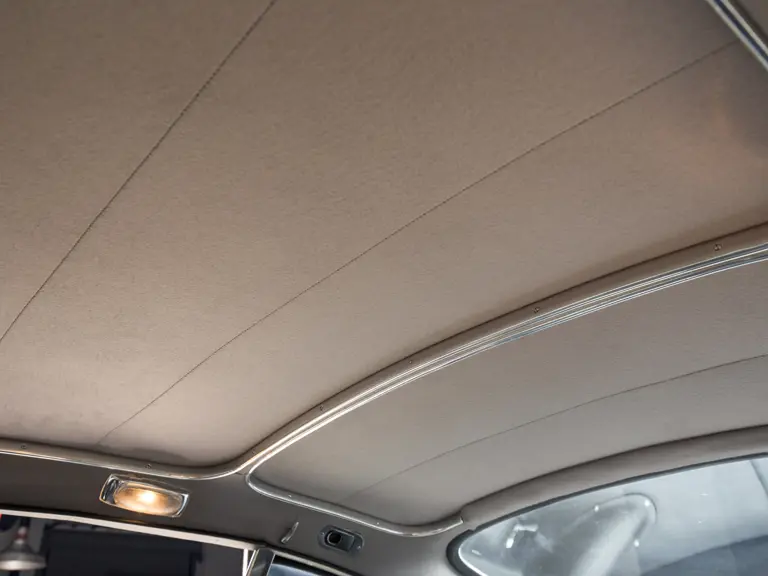
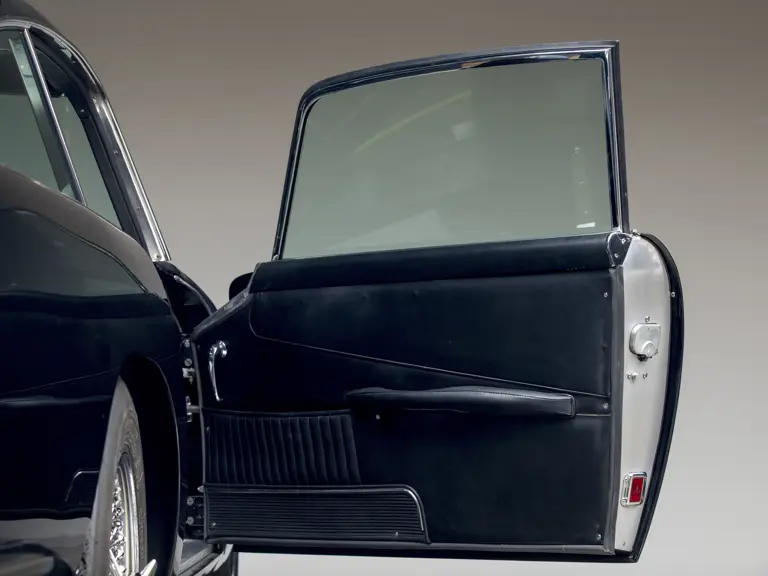
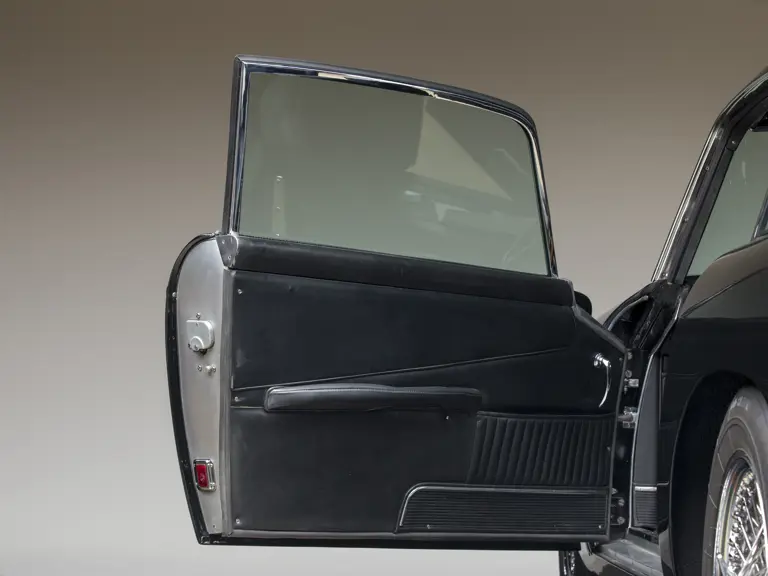
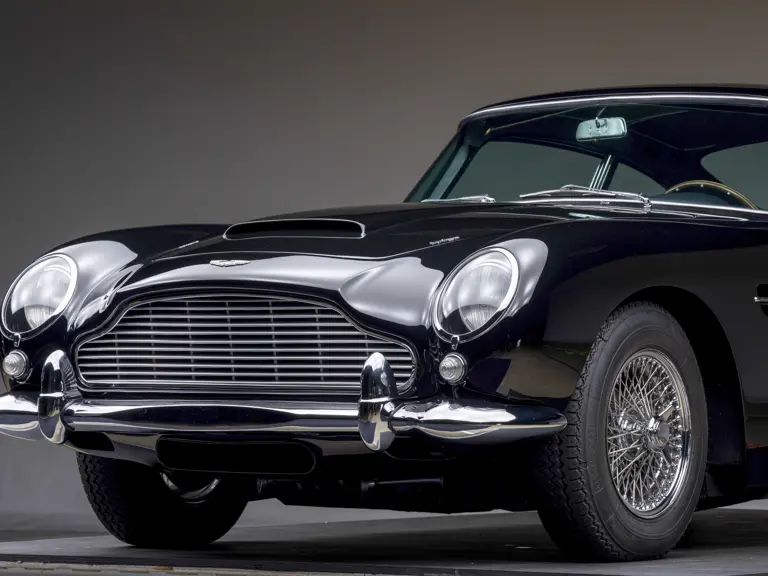
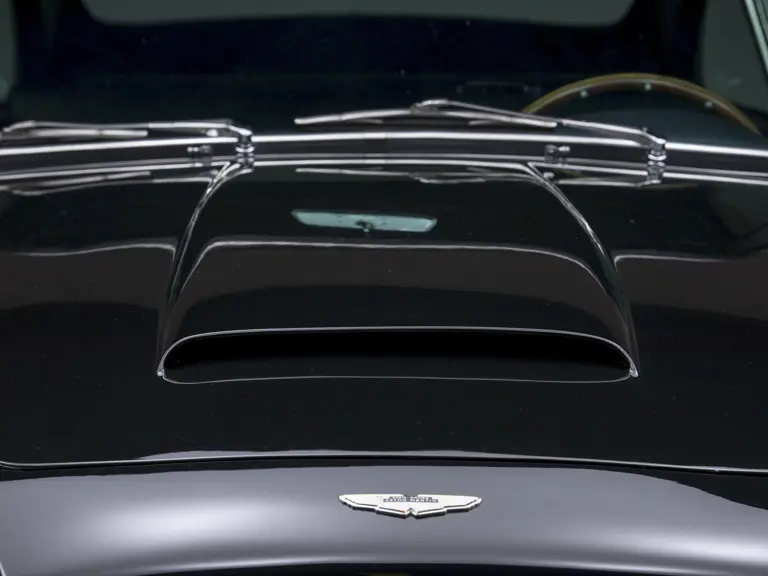
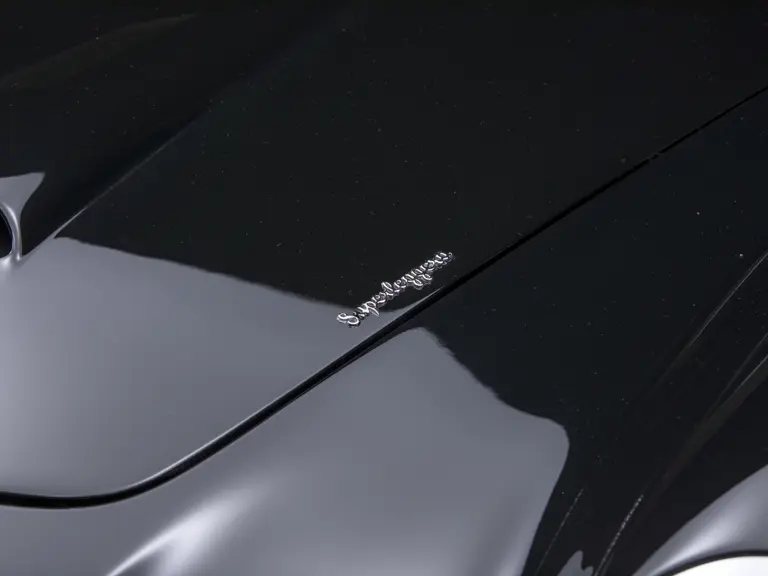
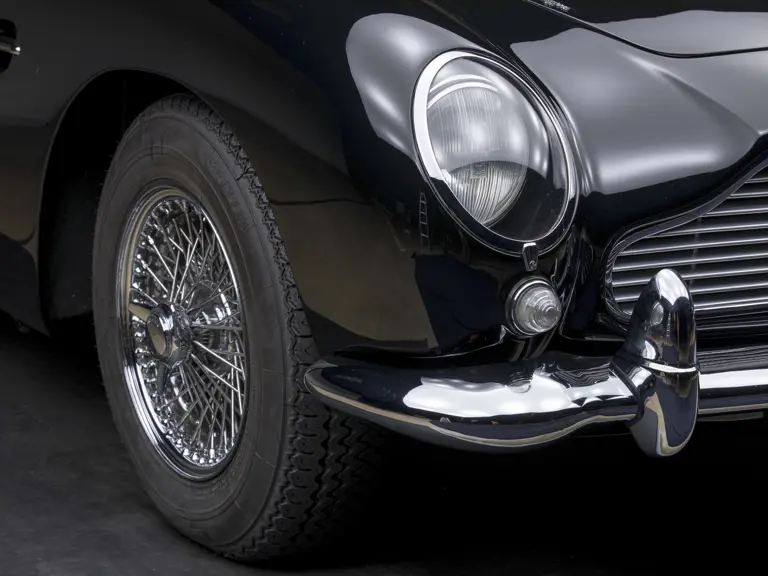

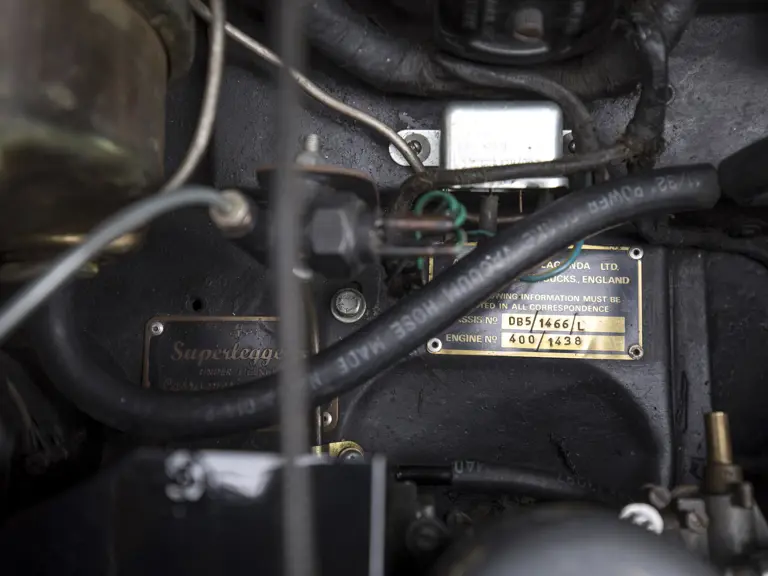
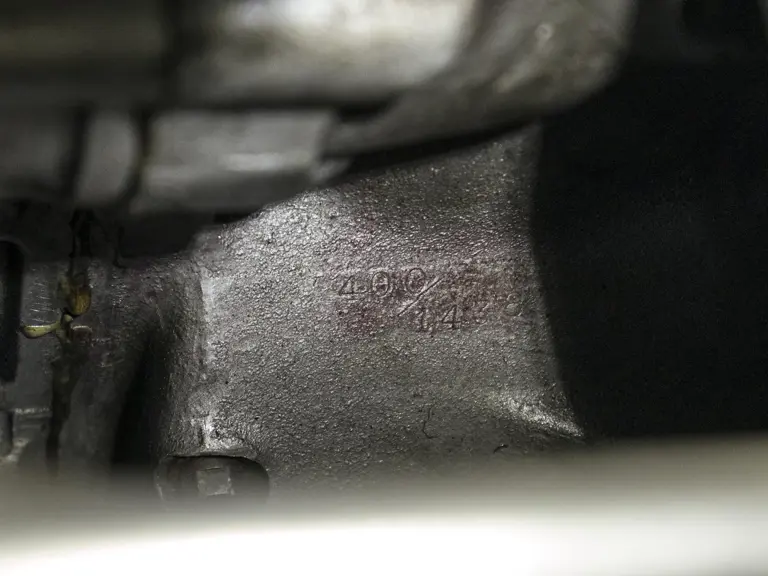
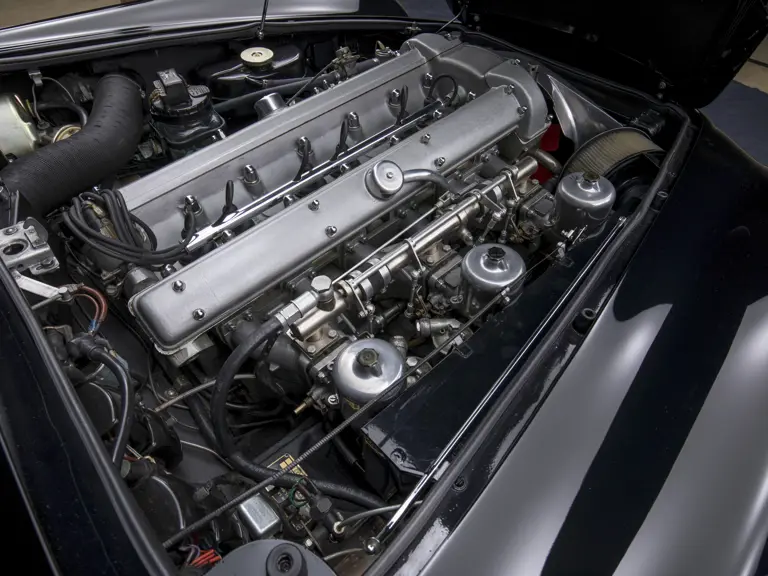
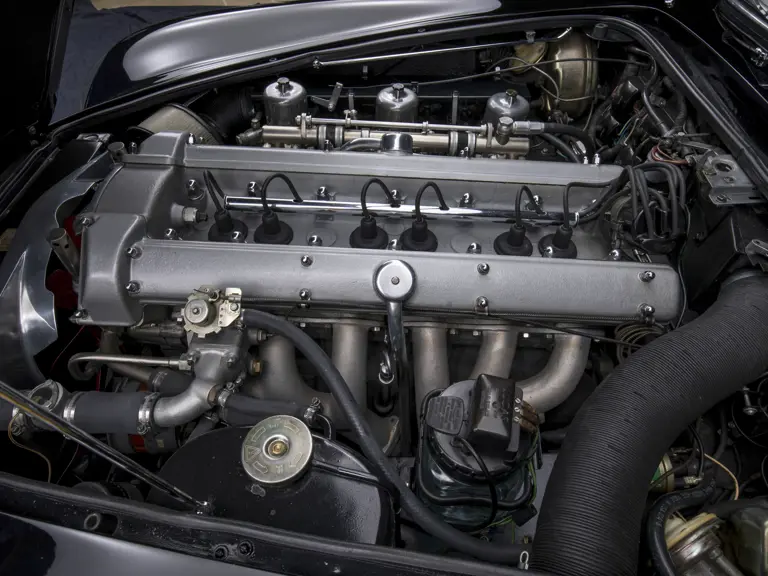
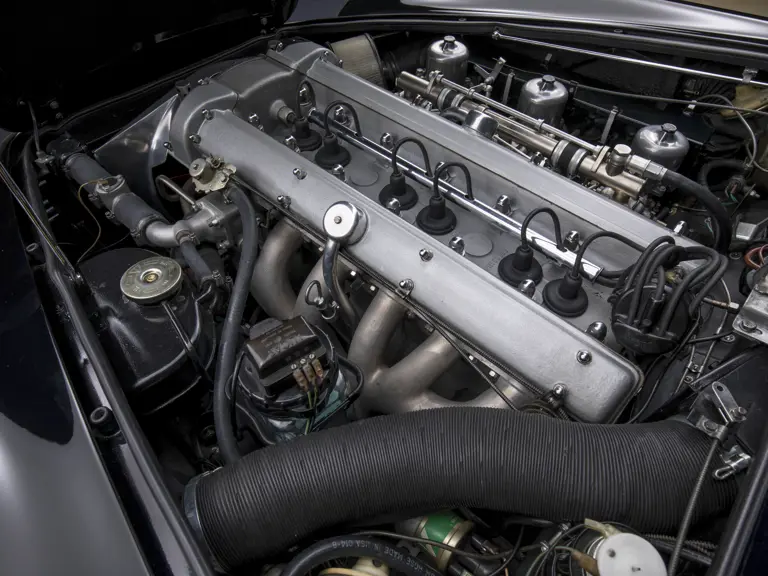
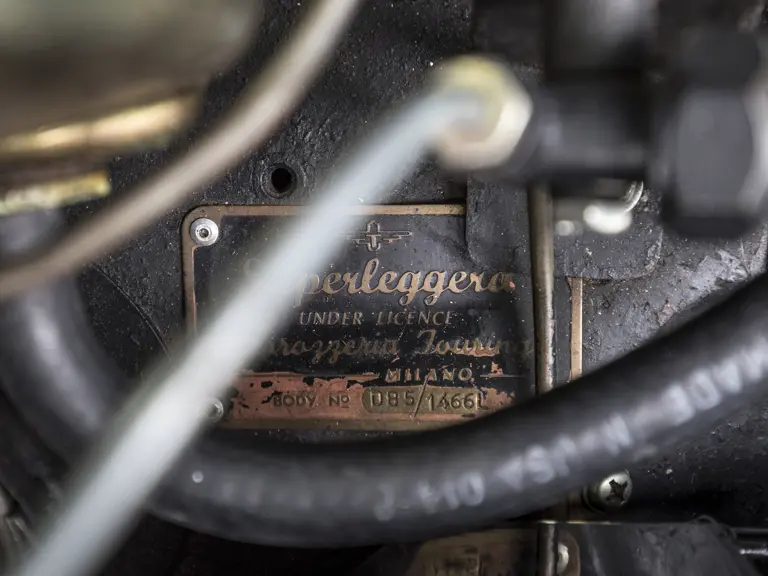
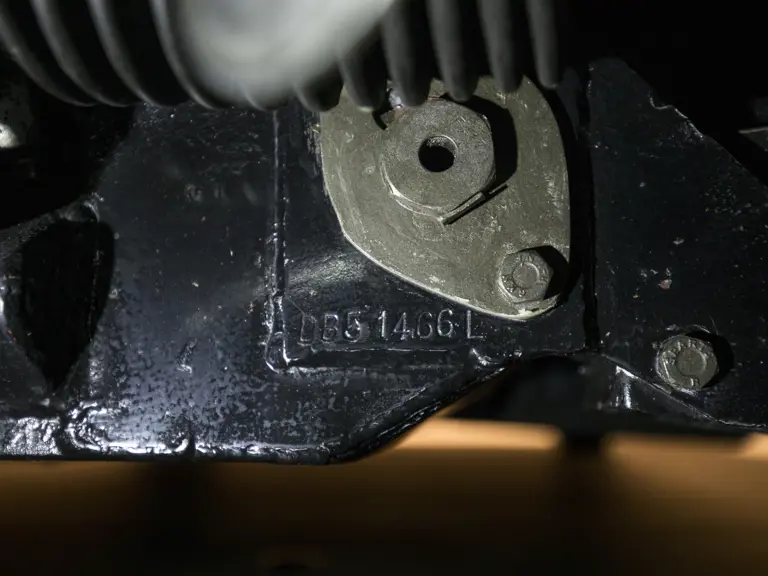
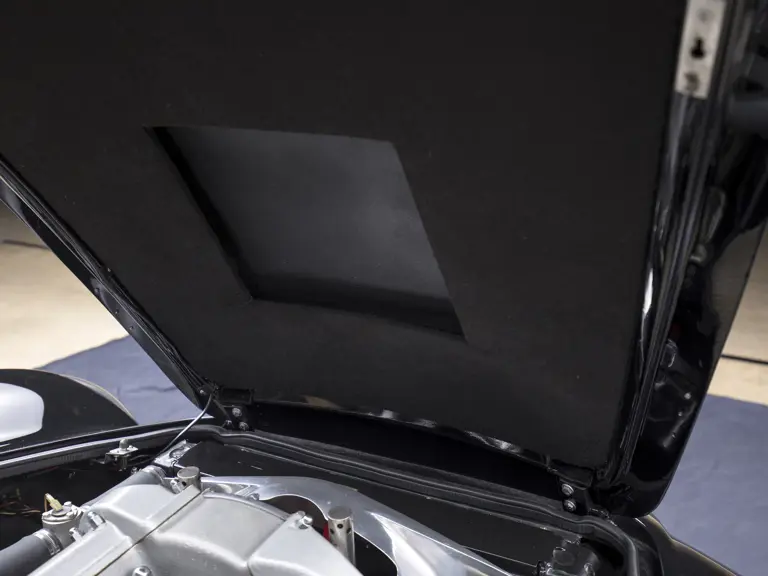
 | Monterey, California
| Monterey, California
